For Swift 5+:
There is some space for the headers and footers by default. That's why I was having the problem of setting an exact separation for the sections.
My solution to having a separation between 2 sections is the following:
override func tableView(_ tableView: UITableView, heightForHeaderInSection section: Int) -> CGFloat {
if section == 0 {
return 24
} else if section == 1 {
return 32
} else {
return 40
}
}
override func tableView(_ tableView: UITableView, viewForHeaderInSection section: Int) -> UIView? {
nil
}
override func tableView(_ tableView: UITableView, viewForFooterInSection section: Int) -> UIView? {
nil
}
override func tableView(_ tableView: UITableView, heightForFooterInSection section: Int) -> CGFloat {
CGFloat.leastNormalMagnitude
}
As you see for viewForFooterInSection and viewForHeaderInSection I needed to return nil.
In case you only want to change the footerHeight, just return CGFloat.leastNormalMagnitude for heightForHeaderInSection, and return the heights for each section in heightForFooterInSection.



